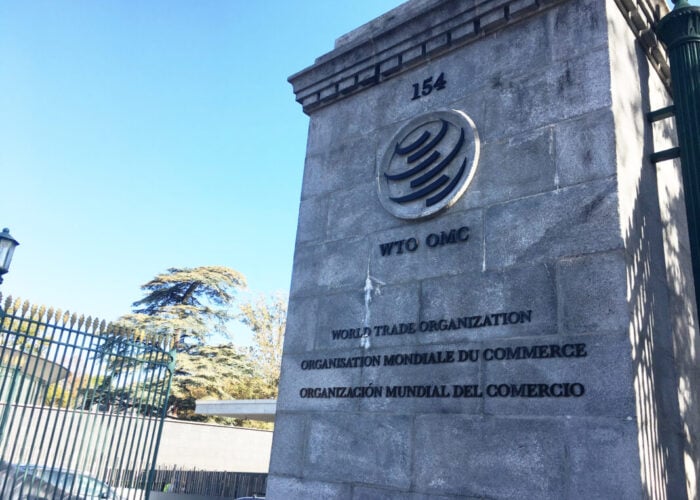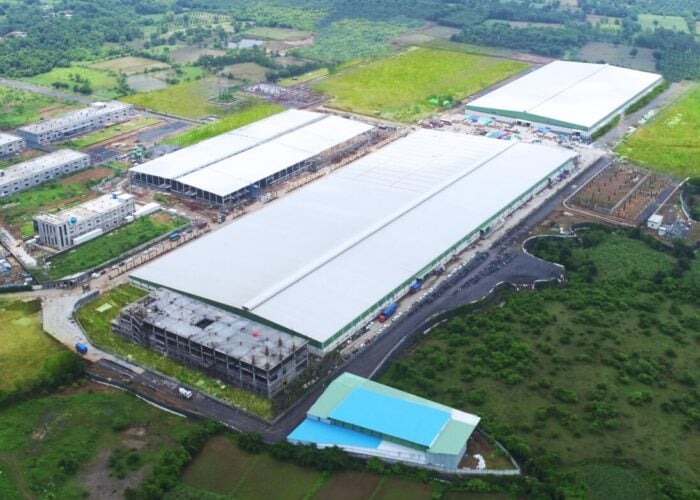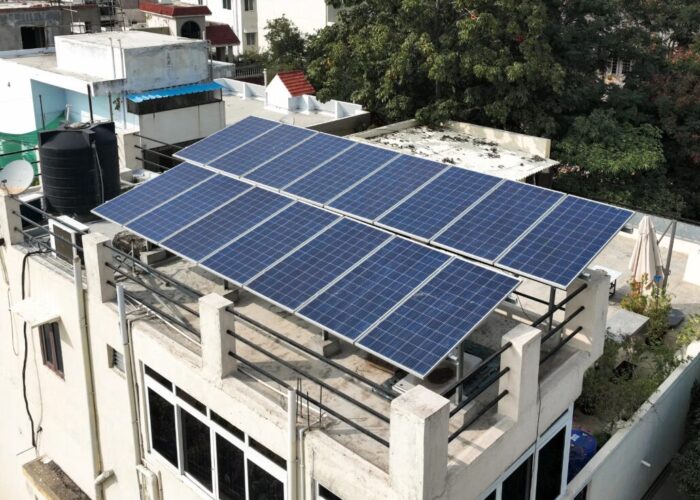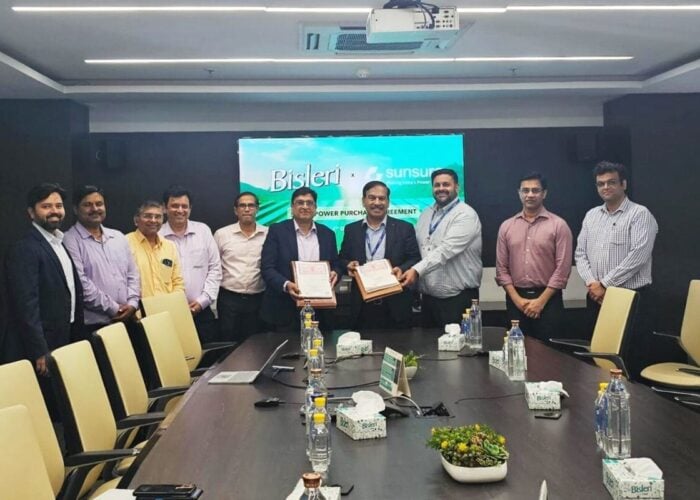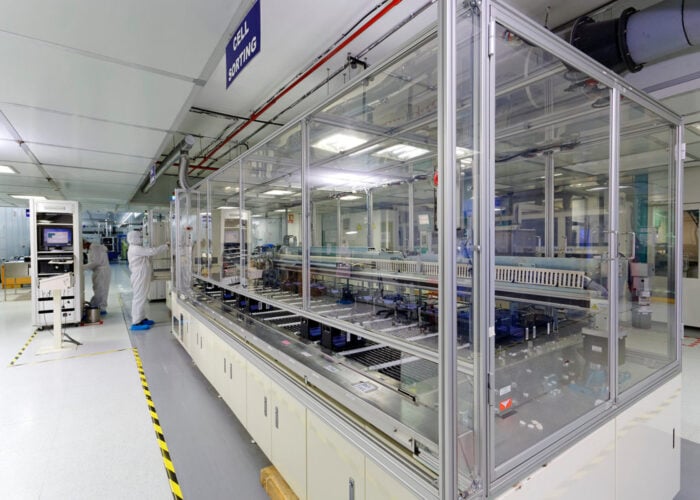PV Tech caught up with Ramesh Nair, CEO of Indian PV manufacturer and developer Adani Solar, at the REI Expo in Greater Noida last week, to discuss the future landscape of solar manufacturing in India and trends in module technology choices.
What are your forecasts for Indian manufacturing capacity additions in the future?
Try Premium for just $1
- Full premium access for the first month at only $1
- Converts to an annual rate after 30 days unless cancelled
- Cancel anytime during the trial period
Premium Benefits
- Expert industry analysis and interviews
- Digital access to PV Tech Power journal
- Exclusive event discounts
Or get the full Premium subscription right away
Or continue reading this article for free
Ramesh Nair: We believe that India will have additional 6-8GW of high efficiency and modern integrated manufacturing capacity in the near future provided the strategies are played out well.
In the next 1-2 years, we expect the integrated manufacturing capacity (cell and module) to be in the range of 4-5 GW per annum. This capacity may increase if the government continues to support the policies currently being enacted.
We have received queries for over 50MW of bifacial modules in the last three months
With Chinese subsidies on the wane, there will be short period of dumping in India, however, in the medium-term, manufacturing in India will reach a level playing field with at least 50% domestic demand catering to solar power plants located in the country. Further, as the manufacturing landscape matures, India is likely to become a preferred market for exports fueling higher demand for local manufacturing.
What kind of module technologies are being used in India now and what is the demand for higher efficiency and newer technologies given the focus on price in the Indian PV Sector?
India is steadily moving towards higher efficiency panels and newer technologies such as Mono / Mono PERC / Bifacial etc. with more developers realising the overall cost advantages in terms of reduction in Balance of System (BOS) and land costs of the project.
Most of the Commercial and Industrial (C&I) segment players are already evaluating Mono-PERC as an option. The utility players have also shown interest in similar technologies. In the last three months, we have received queries for over 50MW of bifacial modules. At Adani solar, we are working on the latest technologies and developing solutions indigenously to cater to the growing demand.
What are your thoughts on foreign manufacturers setting up manufacturing in India?
It is a positive move that leading companies are planning to set up manufacturing facilities in the country. With genuine players coming in, India is likely to become a hub of R&D for the solar sector drawing parallel with the automobile segment in this country.
Local manufacturing by credible players will foster a healthy competitive environment of quality and reliability in the Indian market.
Why did the 5GW manufacturing tender get reduced to 3GW and is it still feasible?
The government has designed a laudable tender which will ensure growth of the domestic manufacturing capabilities. The magnitude of bid size being tried for the first time makes it imperative for the government to ensure tariffs that facilitate off-take by state distribution companies (Discoms).
Reducing the manufacturing component to 3GW is not an issue. However, interest in the tender is visibly low due to some shortcomings – existing manufacturers being kept out and serious concerns on the tariff cap fixed at INR2.75/kWh (US$0.038). Impetus to existing manufacturers will play a fundamental role in providing confidence to investors on the earnest efforts made for protecting the sector.
PV Tech recently reported on What it takes to 'Make Solar in India', from delegates at REI Expo.

